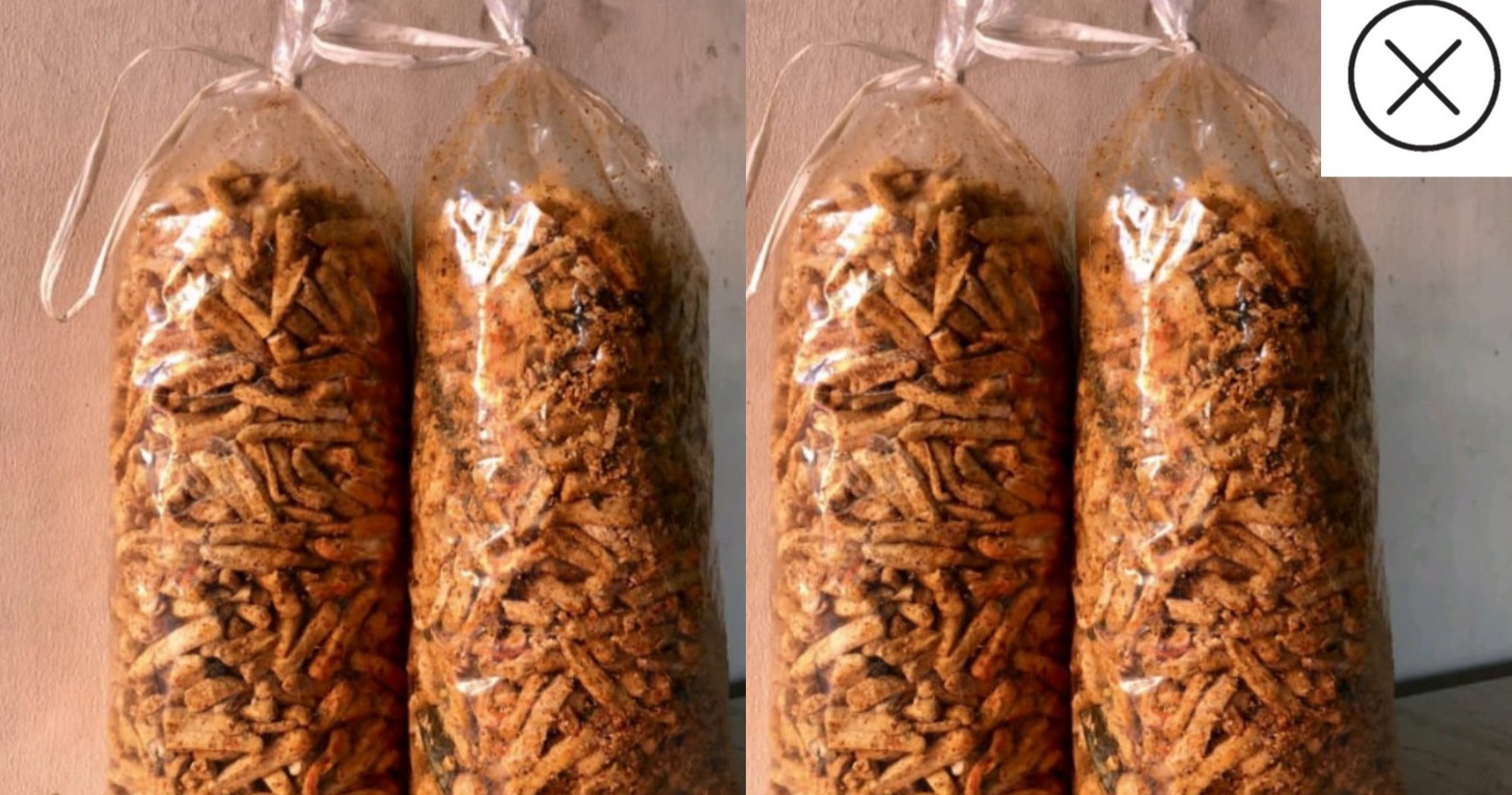Hair

Hair is simple in structure, but has important functions in social functioning. Hair is made of a tough protein called keratin. A hair follicle anchors each hair into the skin. The hair bulb forms the base of the hair follicle. In the hair bulb, living cells divide and grow to build the hair shaft. Blood vessels nourish the cells in the hair bulb, and deliver hormones that modify hair growth and structure at different times of life.
Hair growth occurs in cycles consisting of three phases:
- Anagen (growth phase): Most hair is growing at any given time. Each hair spends several years in this phase.
- Catagen (transitional phase): Over a few weeks, hair growth slows and the hair follicle shrinks.
- Telogen (resting phase): Over months, hair growth stops and the old hair detaches from the hair follicle. A new hair begins the growth phase, pushing the old hair out.
Hair grows at different rates in different people; the average rate is around one-half inch per month. Hair color is created by pigment cells producing melanin in the hair follicle. With aging, pigment cells die, and hair turns gray.
Hair Conditions
- Alopecia areata: Round patches of total hair loss, usually from the scalp. The cause of alopecia is unknown; the hair usually grows back.
- Male pattern baldness: The most common type of hair loss in men. Male pattern baldness usually includes either a receding hairline, hair loss at the crown, or both.
- Female pattern baldness: In women, hair loss usually includes uniform thinning across the scalp, with a preserved hairline. The crown may be affected, but hair loss rarely proceeds to baldness as in men. See a picture of female pattern baldness.
- Dandruff (seborrheic dermatitis): Ongoing mild inflammation of the scalp, resulting in scaly skin that may be itchy and flake off. Seborrheic dermatitis may also affect the ears and face.
- Tinea capitis (ringworm): A fungal infection of the scalp, creating round patches of hair loss. Although the patches can appear in a ring shape, no worm is involved in tinea capitis.
- Trichotillomania: A mental disorder that includes the irresistible urge to pull out one's hair. The hair pulling results in patches of noticeable hair loss; its cause is unknown.
- Head lice: Tiny insects that live on the scalp and feed on blood. Preschool and elementary school-aged children and adults who live with children are most susceptible to catching head lice, which are only spread through close contact.
- Telogen effluvium: A month or two after a personal shock (such as surgery, childbirth, severe stress), hair can abruptly fall out in large patches. Typically, new hair starts regrowing right away. Postpartum alopecia- hair loss after delivering a baby- is a form of telogen effluvium and usually resolves without treatment.
- Folliculitis: Inflammation of hair follicles, usually due to an infection. Staphylococcus aureus is a bacteria that frequently causes folliculitis. Acne is a form of folliculitis that is caused by inflammation. This inflammation can sometimes be worsened by the bacteria Propionibacterium acnes.
- Piedra (trichomycosis nodularis): Fungal infection of the hair shaft. Hard nodules made of fungus cling to hair fibers, sometimes causing hair loss.
- Hirsutism: A condition in which women develop male-pattern hair (such as facial hair). An excess of testosterone due to a medical condition is usually responsible.
Hair Tests
- Hair DNA testing: Hair follicles contain DNA; hair can be tested to establish paternity or as evidence in a crime investigation.
- Hair drug testing: Many street drugs (or their breakdown products in the body) are absorbed into the hair. A sample of hair can be tested for recent drug use.
- Hair analysis: Testing of hair for toxic exposures, such as lead or mercury poisoning. These tests are limited by inconsistency and difficulty interpreting their results.
Hair Treatments
- Minoxidil (Rogaine): A medicine applied to the scalp, which can help prevent hair loss in most people when used daily.
- Finasteride (Propecia): A medicine for men taken in pill form daily, which regrows some hair and prevents hair loss in most men who use it.
- Hair transplants: Surgery to remove skin and hair from the back of the scalp, and transplant groups of hair follicles to areas of thin hair.
- Hair electrolysis: A very fine needle is inserted into a hair follicle, and electrical current is applied. The electricity destroys the follicle, preventing hair growth.
- Laser hair removal: A laser is aimed at the cells in the hair follicle, and the laser's high energy destroys cells there, preventing hair growth
